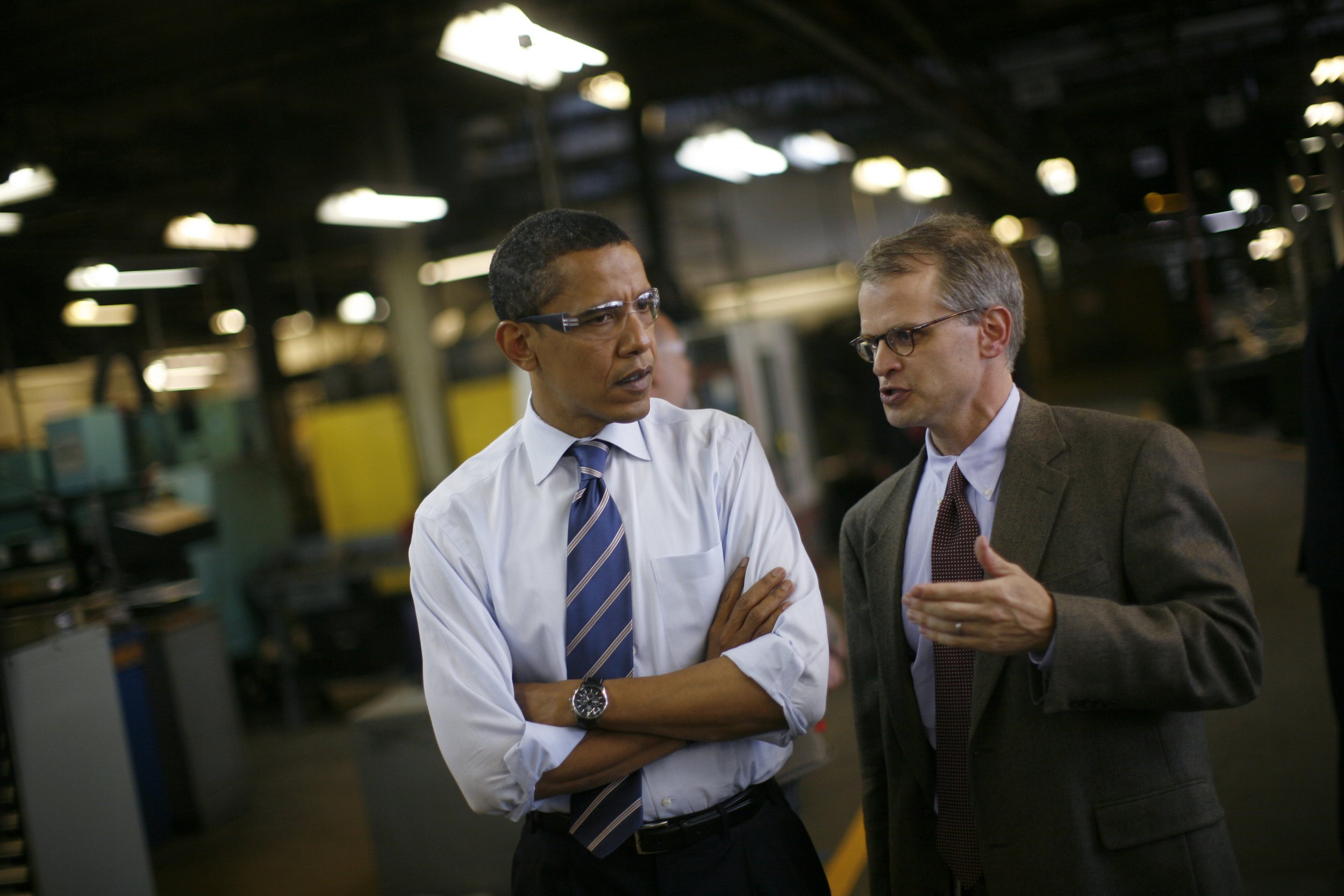
This article first appeared on the American Enterprise Institute site.
Beyond the top-line numbers—156,00 jobs, 4.7 percent unemployment rate—some really good stuff in the December jobs report, the last one of the Obama presidency.
The labor force participation rate ticked up, while the U-6 underemployment-unemployment rate ticked down to its lowest level since April 2008.
A record 75 straight months of employment growth. But here is the biggie: Wages climbed 2.9 percent over the past year, the strongest growth since June 2009.
So how does the Obama economy go out after coming in during a time of recession and financial crisis?
Related: How will President Trump handle the economy?
Well, the gross domestic product numbers tell a pretty gloomy story, but the job market offers a bit brighter one about the economy. I am inclined to think jobs might be more informative statistic here.
This is in line with my view that possible productivity mismeasurement could result in GDP numbers understating the true pace of economic growth. At the same time, both boosting productivity growth and labor force participation need to be prime priorities of the next administration.
A few thoughts from the pros:
With wage growth climbing again and price inflation set to rise well above 2 percent, the modest drop-off in employment growth won't stop the Fed from tightening monetary policy more aggressively this year. Assuming a big fiscal stimulus arrives in the second quarter, we expect four 25bp rate hikes this year.
Capital Economics
Overall, this report was somewhat softer than we had anticipated. The weakness in services sector employment offsets some of the optimism from the rise in manufacturing employment.
When judging the economic outlook, we take considerable signal from employment growth. To our mind, the slowing in this report and on average in the second half of 2016 is consistent with late-cycle behavior of labor markets.
However, the slowing is not yet sufficient to trigger substantive recession concerns, in our view. Further, in the near term, we continue to expect aggressive fiscal stimulus this year to offset recession risk, effectively extending the cycle.
Barclays
With the economy at or near full employment, this is not a bad thing, especially if labor productivity growth strengthens. The jobs gains of the last two years cannot be sustained without seriously straining the job market.
Second, despite the erratic monthly pattern, wage inflation is trending up. This is not only evident in the data released by the Bureau of Labor Statistics, but can also be seen in other wage surveys, such as the one done by the Atlanta Federal Reserve Bank. …
For the first time in many years, the Federal Reserve is beginning to worry about an overheating labor market. The minutes of the December FOMC meeting clearly reflected this. The December jobs report will likely add to those worries.
IHS Markit
James Pethokoukis is a columnist at the American Enterprise Institute.
Uncommon Knowledge
Newsweek is committed to challenging conventional wisdom and finding connections in the search for common ground.
Newsweek is committed to challenging conventional wisdom and finding connections in the search for common ground.
About the writer
To read how Newsweek uses AI as a newsroom tool, Click here.








